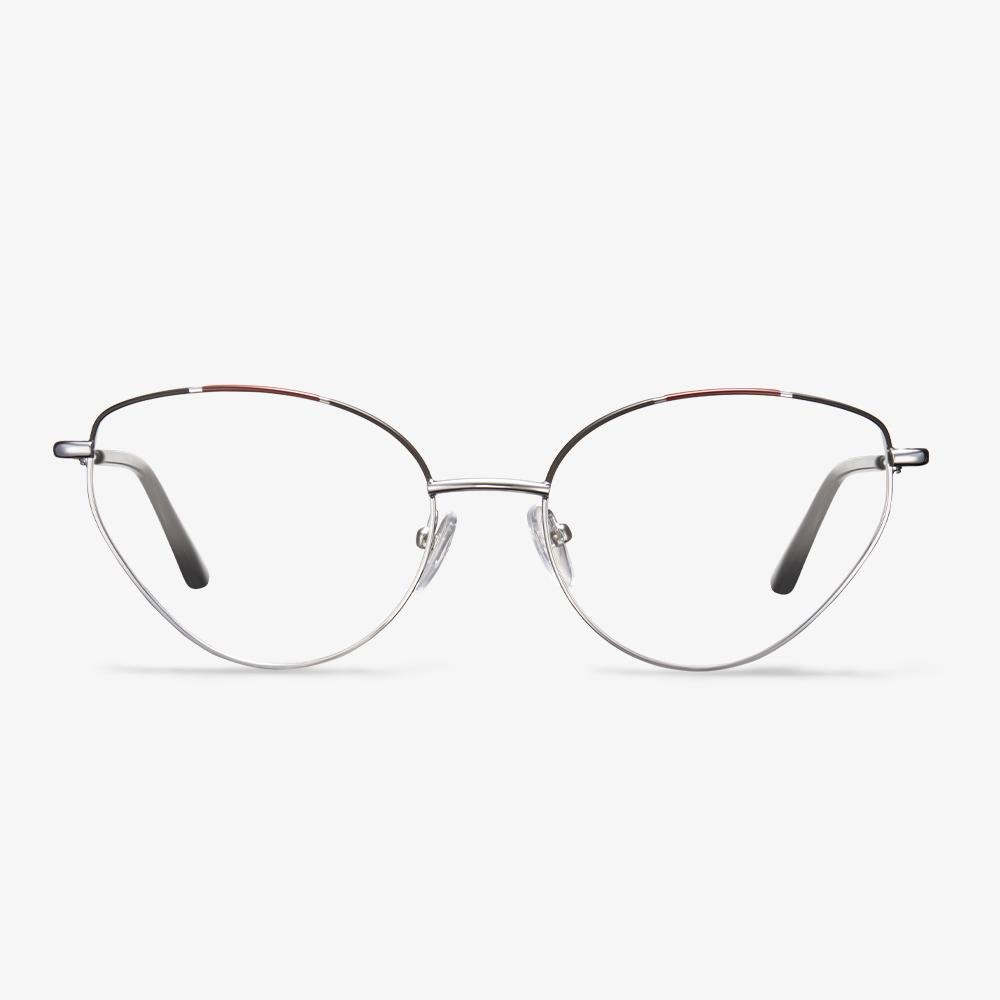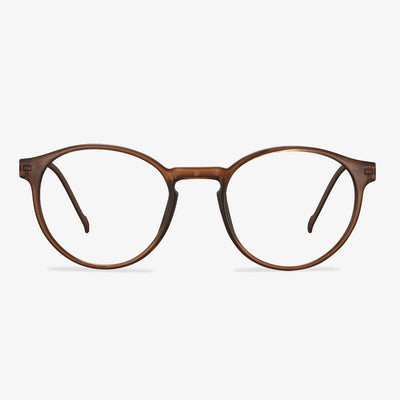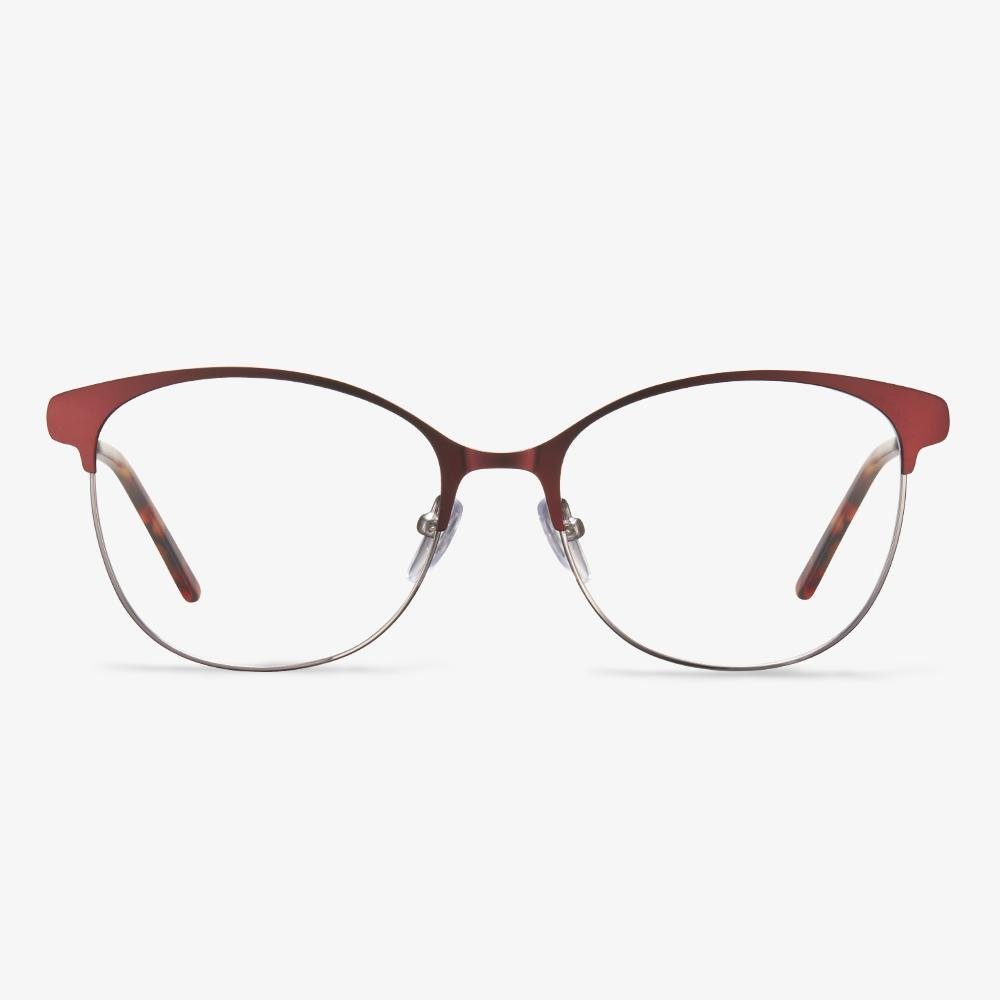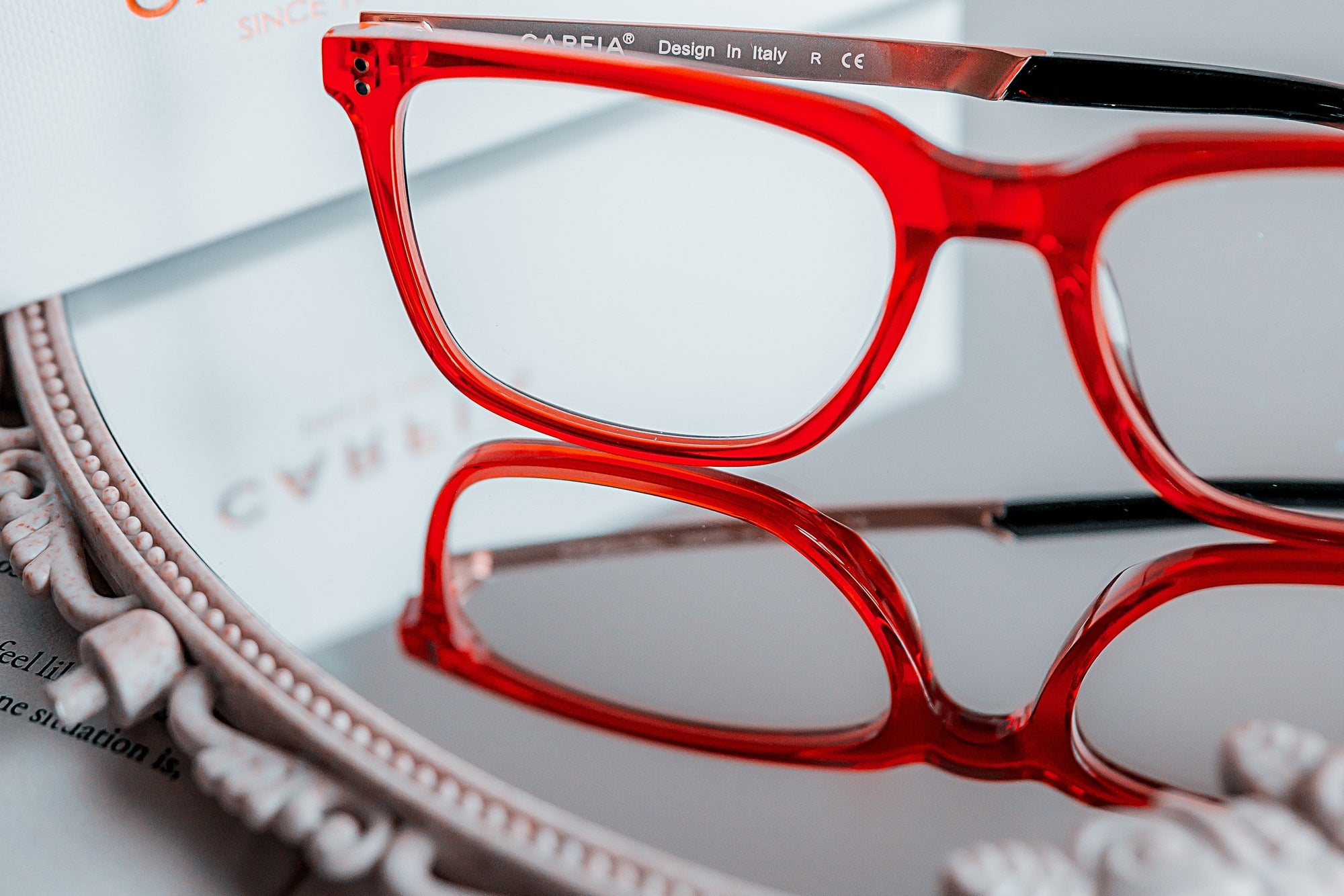How much should a pair of prescription glasses cost?
Speaking of glasses, everyone's first feeling may be that it is not cheap to have a pair of prescription glasses. Just such a small pair of glasses, ranging from a few hundred dollars to a few thousand dollars. Why is the difference so big? So some people go online to buy glasses for dozens of dollars as if they look the same. But is it actually the same? There are a lot of differences between the glasses for dozens of dollars and for thousands of dollars, apart from the price. Also, you should be responsible for your own eyes.
Better glasses brands will adopt better designs to ensure beautiful appearance and structural safety, and have stricter quality standards. At first, these glasses are not cheap because the cost has increased a lot. In addition to the brand, different materials, process requirements, and mass production scale will also affect the cost and thus the final selling price. As for the question of what price glasses to choose, my suggestion is to choose the high-priced one within your budget. So, to choose a suitable pair of glasses, what aspects need to be considered?
Promises and Warranties of Optical Stores
They have a quality guarantee. Under normal use, the glasses will be replaced with the same value free of charge within six months if there is any quality problem attributable to the product itself. If there is any incompatibility within one month, the lenses will be re-checked and replaced with the same quality lenses free of charge. If you are not satisfied with the style of the frame, you can replace the frame of the same value free of charge within one week.
Basic principles of progressive lenses
The surface of the progressive slice is divided into five regions. There are far, middle, and near optical areas. They are respectively corresponding to see distant objects, middle distance objects in the near distance objects. One pair of glasses is multi-purpose. In appearance, it is not very different from regular lenses. There is no clear dividing line. Distal use area: The area above the progressive slice is the distal use area, which is used to correct the distal refractive error. Proximity area: from the matching lens cross down, the refractive power of the lens continuously increases the positive degree, which is used to see close objects. Gradient area: The channel connecting the far and near areas. It is an area of regular change from top to bottom, used for transitioning and seeing objects at intermediate distances. The length of the gradient is very important for the wearer's adaptation. The rate at which the degree of gradient changes is called gradient. The gradient can be uniform or variable. Peripheral area: Changes in the surface curvature of the lens will lead to aberrations in the peripheral areas on both sides of the lens, mainly astigmatism and prism effect, which will interfere with a vision to a certain extent, resulting in blurred vision or distortion. And it will affect the wearer's adaptation to the progressive lens.
Defects of Adolescent Progressive Lenses
Long-term use of progressive lenses will cause a deficiency of binocular physiological regulation in adolescents. Long-term use of progressive lens may lead to ocular muscle imbalance in both eyes of adolescents. After wearing a progressive lens, part of the field of vision is not clear, which will affect the activities of young people. After wearing the progressive lens, when walking downstairs, riding a bicycle, and doing various sports, you need to see through the near area under the lens to see far, which will affect your activities due to blurring. It is not comfortable to wear a progressive lens to look at an upright screen such as a computer, and the refractive power of a progressive lens in these parts is different. To see the screen clearly, it is necessary to adjust repeatedly, which is easy to cause adjustment disorders and visual fatigue, even dizziness, and eye pain.
How to Choose Reading Glasses?
In this section, we will show you some tips for choosing reading glasses.
Find the right power. When choosing reading glasses, finding the right power would be the most important thing. All reading glasses will have signs or stickers indicating their power. In most cases, they will range from +1 to +4 diopter, in increments of +0.25. So, when choosing reading glasses, try the lowest power first.
Test-drive the glasses. If you have brought reading material with you, try reading it at a comfortable length. If you hold the material too far out to be able to read it, you should increase the power. Keep testing the differences powers until can read clearly at the distance that’s more comfortable for you.
Choose big frames the first time. When choosing reading glasses, you can choose the big frames for the first time. You may need larger glasses frames or lenses to really get the sweet spot of where the prescription is.
And if you have never worn glasses for eye conditions such as nearsightedness, farsightedness or astigmatism, it is likely you will be able to see well with non-prescription reading glasses. So, you can buy these non-prescription reading glasses.
The Types of Blue Light Glasses
Computer Glasses - Clear Lenses
First, we will show you the computer glasses which have clear lenses, These glasses are made to be used when working on your computer, smartphone or while watching TV. The best computer glasses can filter 5-30% of all blue light.
Night Driving Glasses - Yellow Lenses
When driving at night, the blue light glasses with yellow lenses would be suitable. These blue light lenses are good at removing more of the highest energy blue light, around 440 nm and they are also able to distinguish traffic lights when driving at night. These glasses can block around 65-70% of blue light.
Blue Light Glasses for Sleeping - Red Lenses
The blue light glasses for sleeping have red lenses. The best blue light glasses come with red lenses and they block 99.5%-99.9% of all blue light and a large amount of the green light spectrum, from 495-550 nm.
After knowing the different types of blue light glasses, we will show you how to perform the blue light glasses tests.
The development of glasses
In 1451, Nicholas of Cusa of Germany invented a lens that was thinner in the middle and thicker at the end to help short-sighted people. In 1727, Edward Scarlett, an English optician, invented modern frames that could be worn over ears and noses. Benjamin Franklin, an American scientist, and philosopher invented bifocals, which divide the lenses into far and near parts. The two lenses are held together by a metal frame. Frame construction has improved over the centuries, and today frames have come in different kinds of styles and designs. Unbreakable lenses were invented in 1955, and in 1971 a new type of lens combining plastic and glass properties was invented.











































